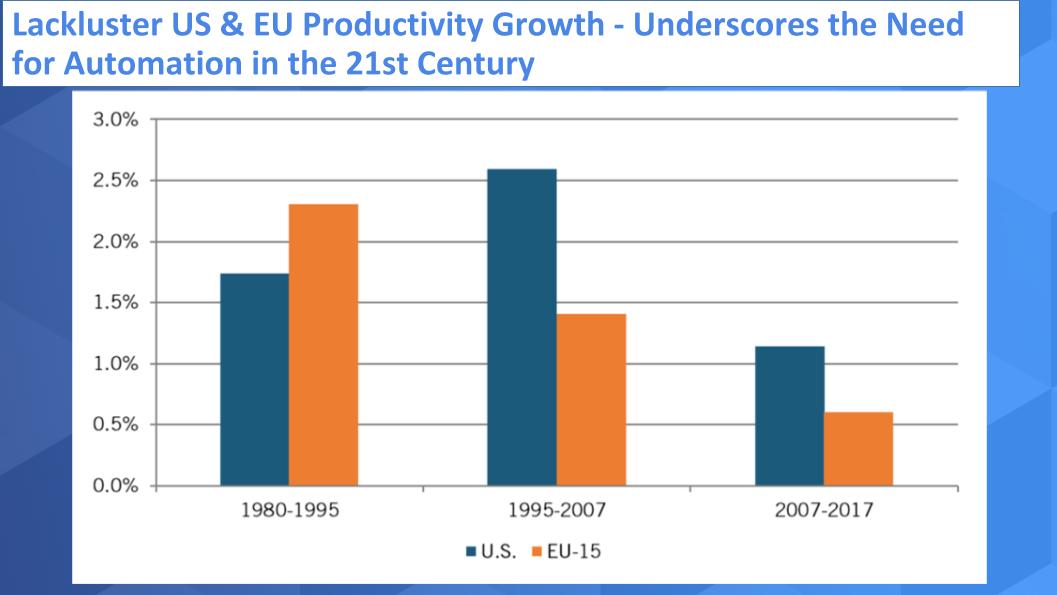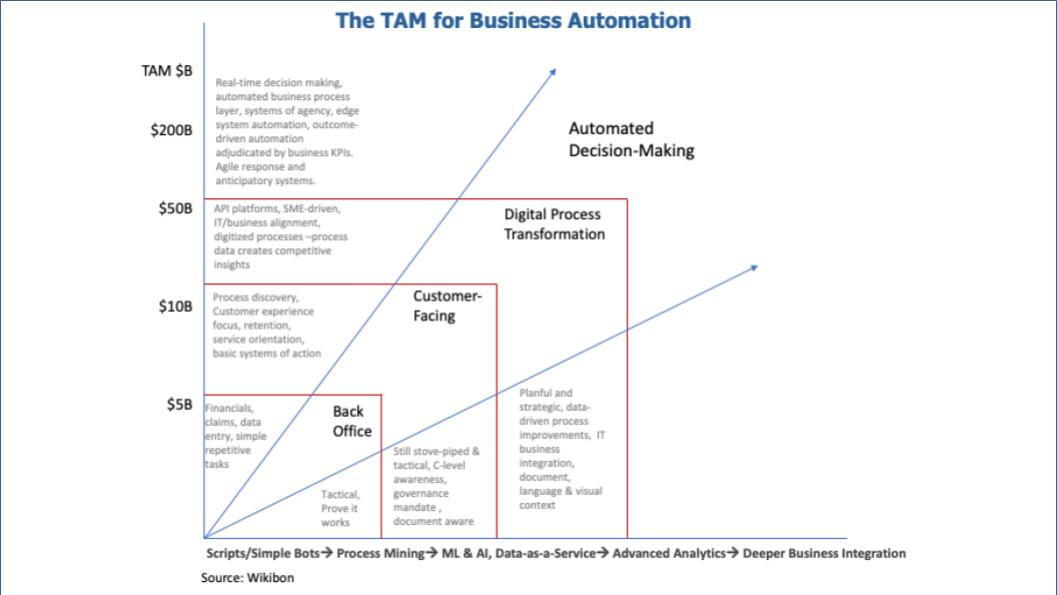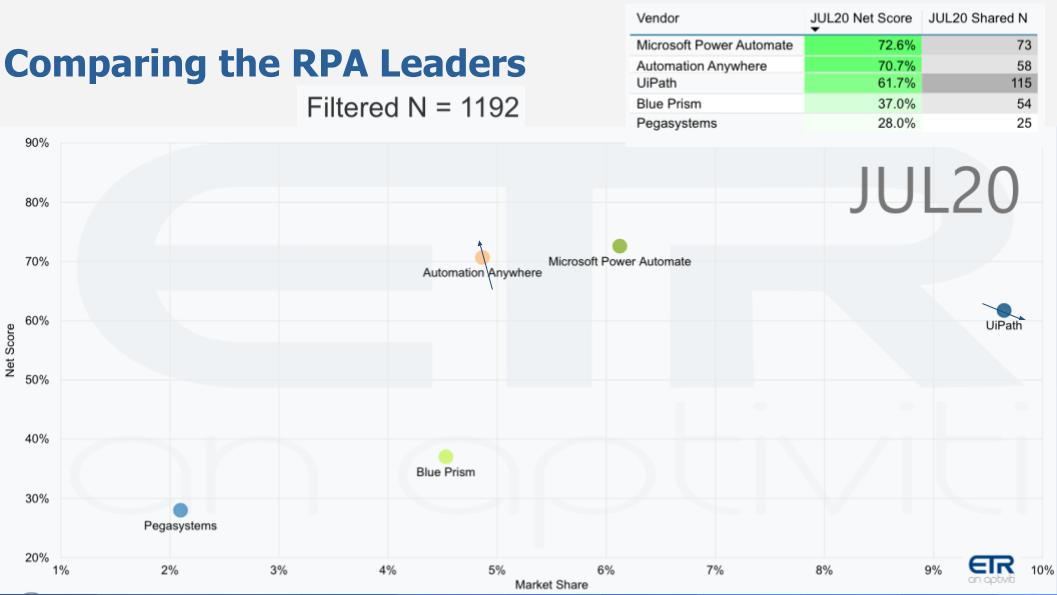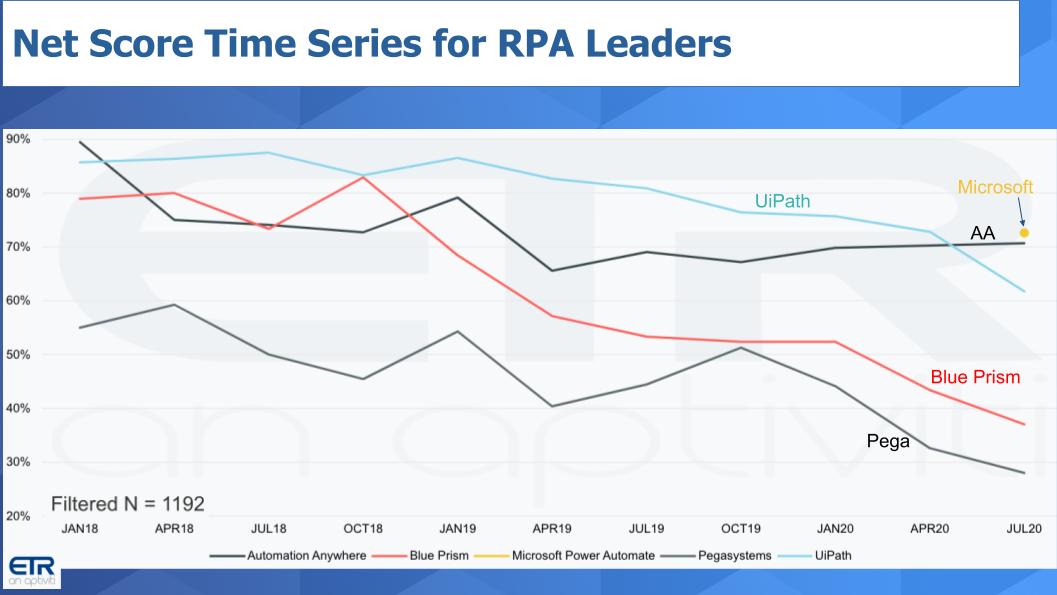Intense clashes in Belarus on 2nd day of protests following contested presidential election
Police used tear gas and stun grenades on thousands of protesters in Minsk.
MINSK, PORTLAND, BEIRUT
IT LOOKS THE SAME BECAUSE
IT'S THE SAME STRUGGLE
By Patrick Reevell 10 August 2020
IT LOOKS THE SAME BECAUSE
IT'S THE SAME STRUGGLE
BEIRUT
PORTLANDBy Patrick Reevell 10 August 2020
There were intense clashes in Belarus' capital Minsk on Monday night as security forces sought to violently disperse thousands of protesters who gathered for the second day in a row to demand that the country's authoritarian leader, Alexander Lukashenko, step down following a contested election.
Large crowds of protesters filled several parts of central Minsk, as police and heavily armed interior ministry troops indiscriminately attacked them, throwing stun grenades and reportedly firing rubber bullets. Authorities said at least one protester was killed.
The protests appeared to be swelling and demonstrators became increasingly emboldened, with police struggling to disperse them. On some streets, video appeared to show demonstrators using garbage dumpsters to build barricades and firing fireworks at the police officers.
Clashes were also reported in a number of other cities across Belarus, where protests broke out. Opposition social messenger channels urged people to gather on the streets and stand their ground against the police.
A nationwide strike has also been called for Tuesday.
The protests began Sunday night after official results from a presidential election gave Lukashenko 80% of the votes and his main opponent, Svetlana Tikhanovskaya, just 10%, amid suspicions of widespread vote rigging.
Tikhanovskaya, 37, a former teacher and stay-at-home mother, has become the head of the swelling protest movement and in the weeks before the election attracted the largest political demonstrations in Belarus since the fall of the Soviet Union. Lukashenko, 65, often known as "Europe's last dictator," has been in power for 26 years. The current protests are seen by many as an unprecedented challenges to his rule.
Tikhanovskaya accused Lukashenko of massive falsification in the election and demanded he hand over power peacefully to her so that new elections can be held.
Several thousand opposition supporters gathered peacefully in Minsk on Sunday night after the election, but were immediately violently attacked by riot police who used water cannons and stun grenades and detained and beat people seemingly at random. Several demonstrators were injured, at least one severely.
Lukashenko has dismissed Tikhanovskaya's demand he step down and on Monday even justified the crackdown, deriding the protesters as "sheep" controlled by European countries.
"I warned there won't be a Maidan, no matter who wanted it," Lukashenko said earlier on Monday, according to Belarus' state news agency, referring to Ukraine's popular revolution in 2014 that toppled an autocratic president. "And so it has to be quietened down, to be calmed down. The response will be adequate. We will not allow them to blow up the country."
Protesters returned Monday evening, after organizers advised them to buy helmets and goggles in anticipation of more police violence. Initially, small crowds in different groups moved towards the city center, where they were quickly attacked by police. But as the night wore on, the crowds grew in size, with thousands of people blocking roads and police officers seeming to struggle to contain them. Videos show that hundreds of cars stopped and honking in support. Meanwhile, explosions from stun grenades and fire works were heard consistently throughout the night.
Belarusian Interior Ministry said that one demonstrator was killed after an "improvised explosive device" went off in his hand while riot police were dismantling a barricade. It was not possible to verify the police's version of events.
The internet in Belarus has been partly shut down for two days, with many messenger apps not working properly. Belarus' government also refused to give journalists from most foreign news organizations permission to enter the country.
European countries on Monday expressed concern about the election and the crackdown on demonstrators. The president of the European Union, Charles Michel, tweeted for the government to respect "basic human rights" and the right to assemble.
United States officials also criticized the election, with U.S. Secretary of State Mike Pompeo issuing a statement, on Monday before the protests, saying the vote had not been "free and fair," and condemning "intimidation tactics" by the authorities.
Lukashenko recently sought to improve relations with Western countries as a counterweight to a more overbearing Russia, with which Belarus is already significantly integrated. The U.S. last year restored diplomatic relations with Belarus after a decade-long pause, caused by another crackdown by Lukashenko after an election in 2010.
Pompeo did not announce any U.S. action -- amid calls from some in the European Union for sanctions on Belarus -- nor did he offer suggestions for a path forward, such as calling for Lukashenko to hold new elections.
China, and Belarus' key ally, Russia, quickly recognized Lukashenko's re-election. Both President Vladimir Putin and China's leader, Xi Jinping, congratulated the Belarus president.
Tikhanovskaya said Sunday she would not join Monday's protests to "avoid provocations." Her team said authorities would surely use her presence at the protests as a pretext to jail her for allegedly inciting riots.
She has called for authorities to engage in negotiations with her for Lukashenko to leave power, and has promised to pursue legal options to challenge the election results. Her team has claimed that counts in polling stations in Minsk show that, in reality, she received five to six times more votes than Lukashenko. They also said the record number of early votes -- 40% of votes -- suggest widespread falsification.
At a press conference Monday morning, Tikhanovskaya called on anyone who believed their vote had been stolen "not to keep silent."
"The government [isn't] listening to us, it has completely broken with the people, but I should repeat that we are for peaceful transitions and the government ought to think about now how to hand over power through peaceful means, because at the moment they only have one way: violence against their own people," Tikhanovskaya said, according to the local Belarus' news outlet Tut.by.
Besides her appearance at the press conference and her brief appearance to file a complaint at her polling station on Monday, she has not been seen in public. For much of Sunday she was in hiding, worried that authorities would arrest her.
Tikhanovskaya has become an unexpected leader of the opposition. She reluctantly became a candidate after her husband, a popular blogger, was jailed and prevented from running against Lukashenko. But she has become a rallying figure for the opposition in her own right, joining with two other women, Veronika Tsepkalo and Maria Kolsenikova, to channel a wave of dissatisfaction with Lukashenko.
Discontent with Lukashenko has been fueled by a poor economy and weariness with his long rule and allegations of corruption. But it has also been boosted by his handling of the coronavirus pandemic, which Lukashenko has dismissed as a "hysteria." For months, the controversial leader has refused to impose significant quarantine measures despite rising cases and pleas from the World Health Organization.
COVID lifts revolutionary candidate in Belarus
A female candidate is challenging authoritarian President Alexander Lukashenko, amid unrest over the pandemic. ABC’s Patrick Reevell reports on Belarus’ movement for change.
Belarusian challenger flees to Lithuania amid protests
The Lithuanian foreign minister says that the leading opposition candidate in Belarus’ presidential election has fled her country and is now “safe” in Lithuania
By YURAS KARMANAU Associated Press 11 August 2020,

MINSK, Belarus -- The top opposition candidate in Belarus' presidential vote who refused to concede her defeat has fled the country amid a massive police crackdown on protests, Lithuania's foreign minister said Tuesday.
Linas Linkevicius' said on Twitter that Sviatlana Tsikhanouskaya is now “safe” in Lithuania.
Tsikhanouskaya previously dismissed the official results of Sunday's election showing authoritarian President Alexander Lukashenko winning a sixth term by a landslide. Thousands of opposition supporters who also protested the results met with a tough police crackdown in Minsk and several other Belarusian cities for two straight nights.
On Monday, a protester died amid the clashes in Minsk and scores were injured as police used tear gas, flash-bang grenades and rubber bullets to disperse the demonstrators. Interior Ministry spokesman Alexander Lastovsky said the victim intended to throw an explosive device, but it blew up in his hand and killed him.
Lukashenko, who has led the ex-Soviet nation of 9.5 million with an iron fist since 1994, derided the opposition as “sheep” manipulated by foreign masters and vowed to continue the tough crackdown on protests despite Western rebukes.
Election officials said Lukashenko won a sixth term in office with 80% of the vote, while Tsikhanouskaya got 10%.
When asked on Monday if she was planning to go abroad to avoid being arrested, Tsikhanouskaya said she had no such plan and saw no reason why she would be arrested.
But after submitting her formal demand for a recount to Belarus’ Central Election Commission, she told her allies: “I have made a decision, I must be with my children.”
She had previously sent her children to an unspecified European country after receiving threats.
“She has the right to make any choice,” Tsikhanouskaya's campaign spokeswoman, Anna Krasulina, told The Associated Press Tuesday. “She has done great things for the country. She has woken up the Belarusians.”
Tsikhanouskaya, a 37-year-old former English teacher without any prior political experience, entered the race after her husband, an opposition blogger who had hoped to run for president, was arrested in May. She has managed to unite fractured opposition groups and draw tens of thousands to her campaign rallies — the largest opposition demonstrations in Belarus since the 1991 collapse of the Soviet Union.
“We don’t agree with (the election results), we have absolutely opposite information,” Tsikhanouskaya told the AP on Monday. “We have official protocols from many poll stations, where the number of votes in my favor are many more times than for another candidate.”
Economic damage caused by the coronavirus and Lukashenko’s swaggering response to the pandemic, which he airily dismissed as “psychosis,” has fueled broad anger, helping swell the opposition ranks. The post-election protest, in which young demonstrators — many of them teenagers — confronted police, marked a previously unseen level of violence.
Rumors that Tsikhanouskaya had left the country began circulating among the protesters as they confronted police overnight, but the news didn't discourage them from continuing their resistance.
“She had a clear choice: to be in a Belarusian jail or to remain free in Lithuania,” said 21-year-old protester Kirill Kulevich. “Tsikhanouskaya has called herself a symbol of change, but they are forcing us to continue living as before.”
Another protester, 20-year-old Anna Vitushko, said that protests will continue.
“People are protesting against the crude falsifications, and her departure doesn’t mean anything," Vitushko said. “If Lukashenko won 80%, why does he need riot police, rubber bullets and water cannons? They can cheat a few percent of the population, but they can't cheat the entire country.”
Scores were detained as police relentlessly dispersed scattered groups of protesters in Minsk overnight.
The police crackdown on protesters drew harsh criticism from the European Union and the United States and will likely complicate Lukashenko’s efforts to mend ties with the West amid tensions with his main ally and sponsor, Russia.
U.S. Secretary of State Mike Pompeo said in a statement that the election was not “free and fair,” and added: “We strongly condemn ongoing violence against protesters and the detention of opposition supporters.”
ROFLMAO
PORTLAND STFU
Police fire flash bangs and pepper spray to move protesters in Seattle
Police attempted to move protesters down the street as demonstrations continue in the wake of George Floyd's death.
The European Union condemned the police crackdown and called for an immediate release of all those detained.
In a joint statement, EU foreign policy chief Josep Borrell and the EU commissioner responsible for relations with Europe’s close neighbors, Oliver Varhelyi, lamented that “the election night was marred with disproportionate and unacceptable state violence against peaceful protesters.”
———
Vladimir Isachenkov in Moscow and Liudas Dapkus in Vilnius, Lithuania, contributed to this report.
































